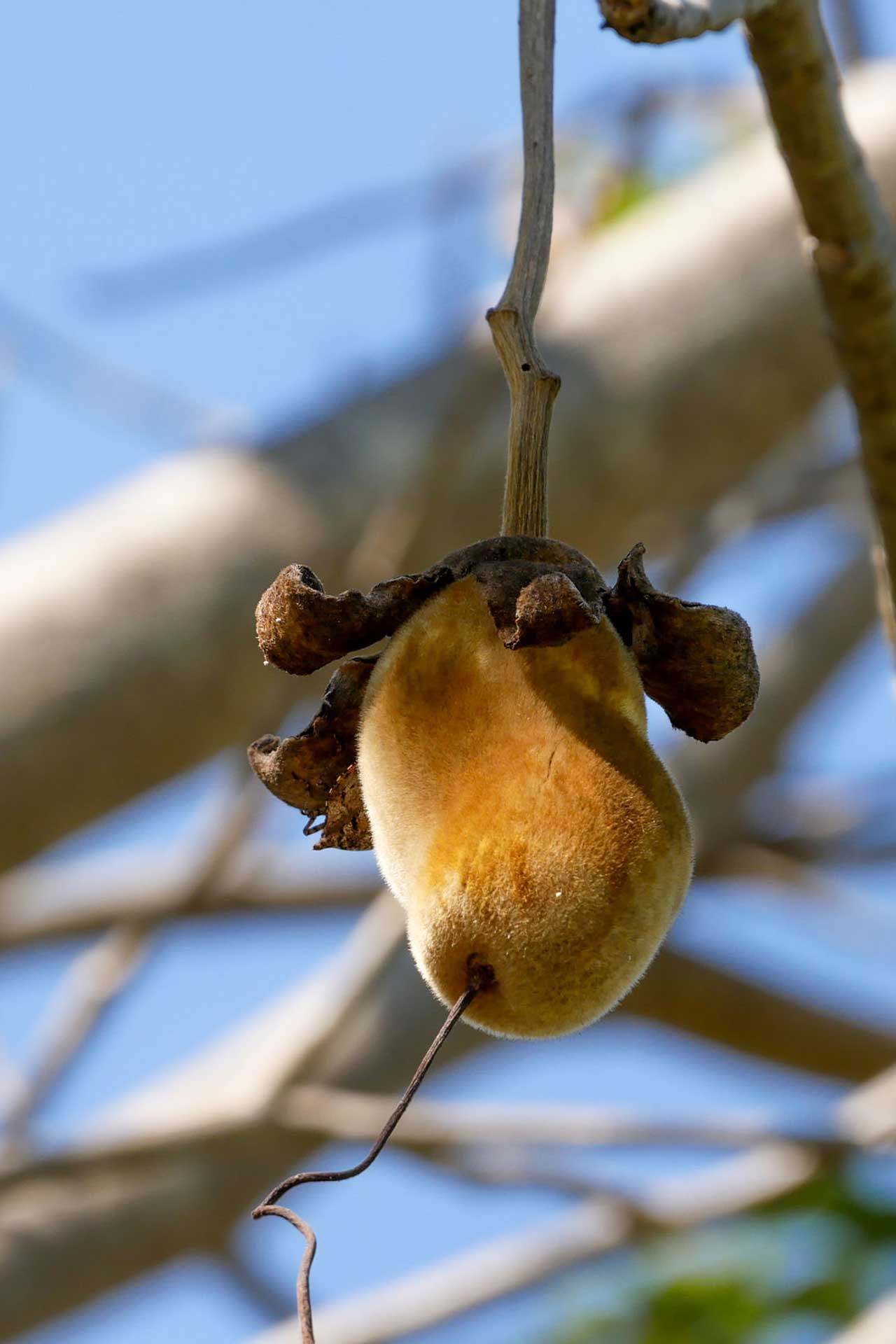Baoboab, the fruit of an African giant.
WHY CHOOSE BAOBAB
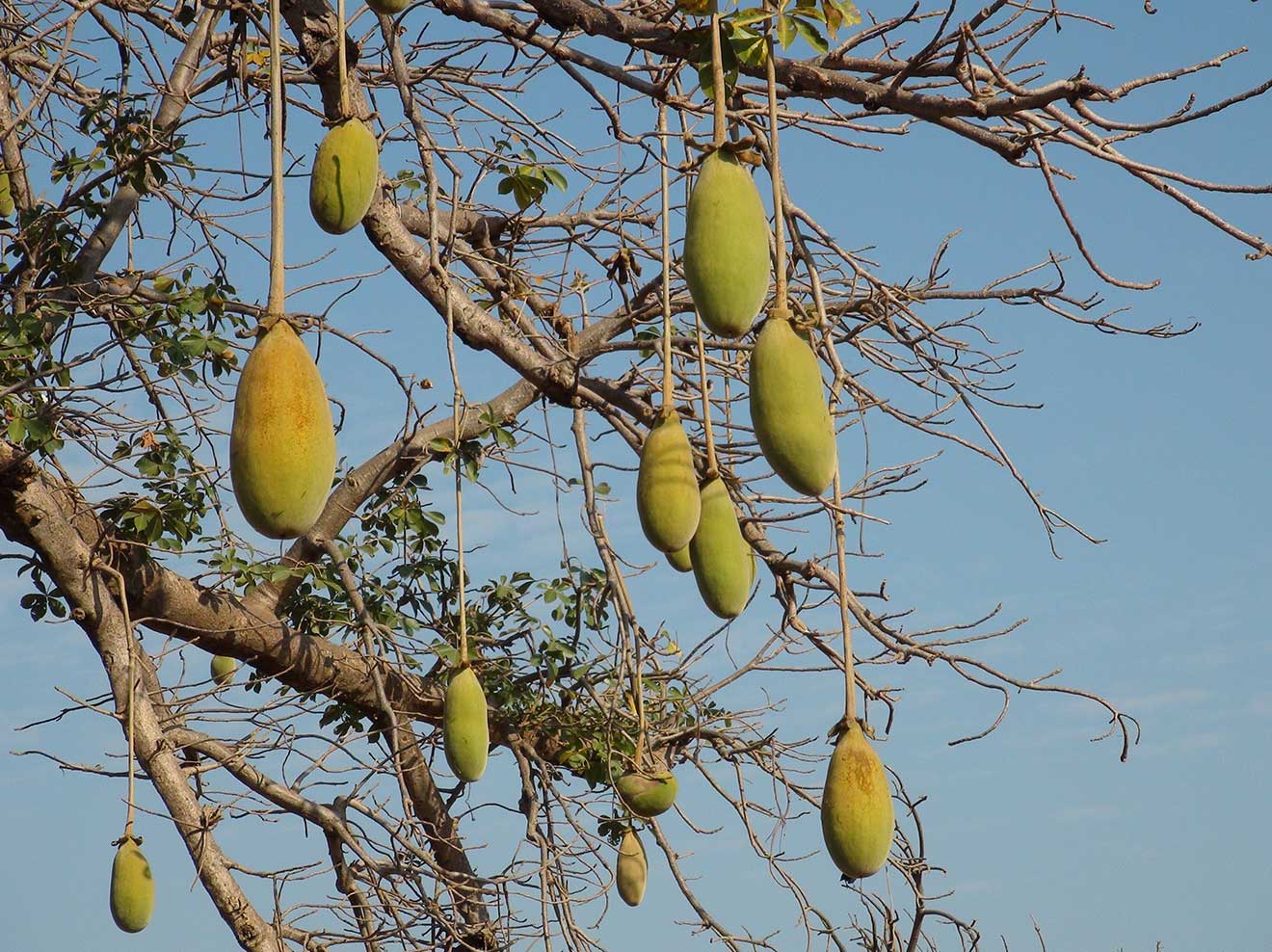
Shelter for animals and humans, erosion prevention, water supply and fruits that provide oil and nutrients.
Villages have sprung up under the protection of the baobab trees in which water is stored and whose fruits provide food and an income.
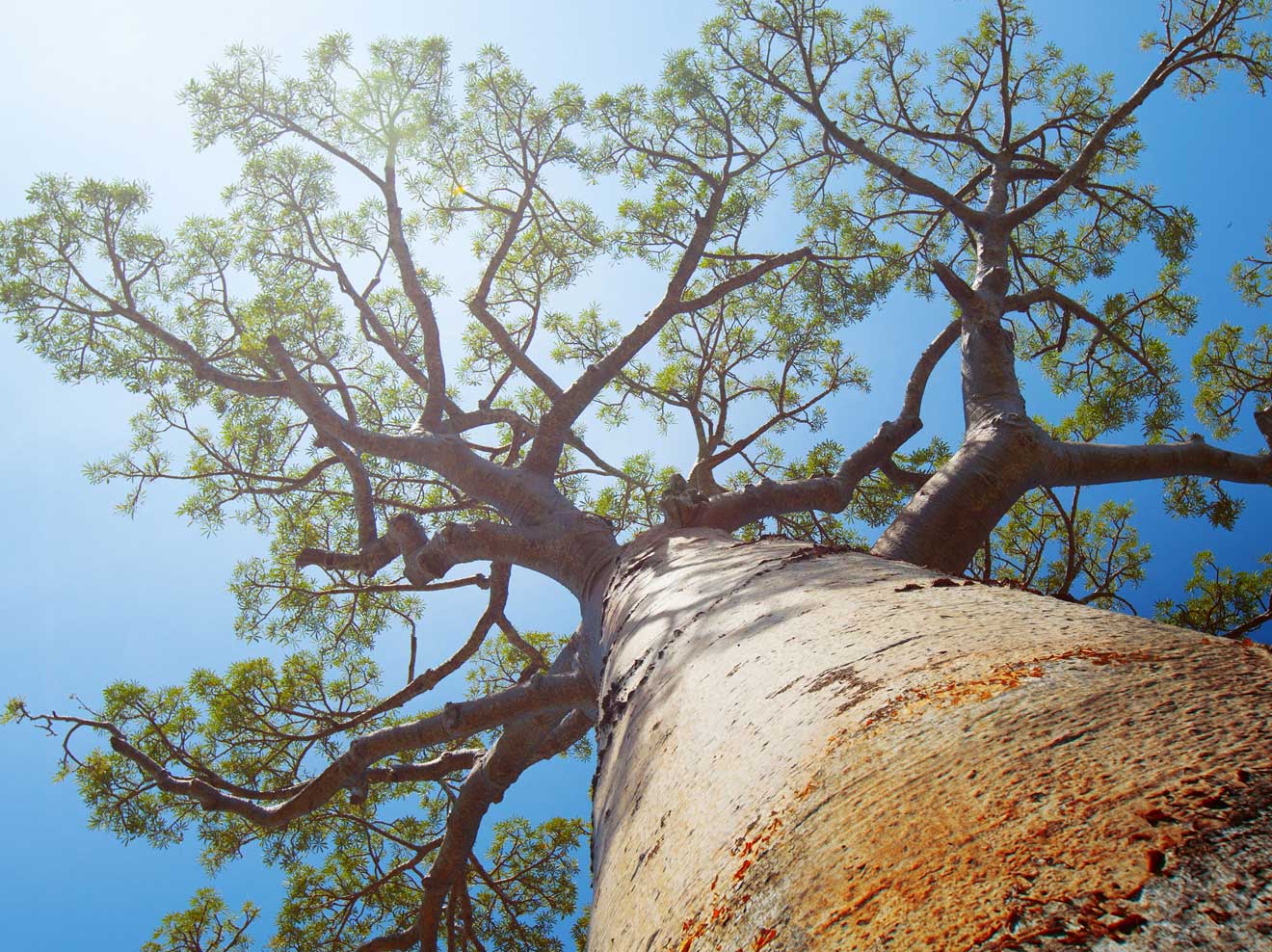
The tree creates its own ecosystem, provides a moist soil with a cycle of nutrients.
Animals eat the flowers and fruit and the undigested seeds in the animal manure can germinate again.
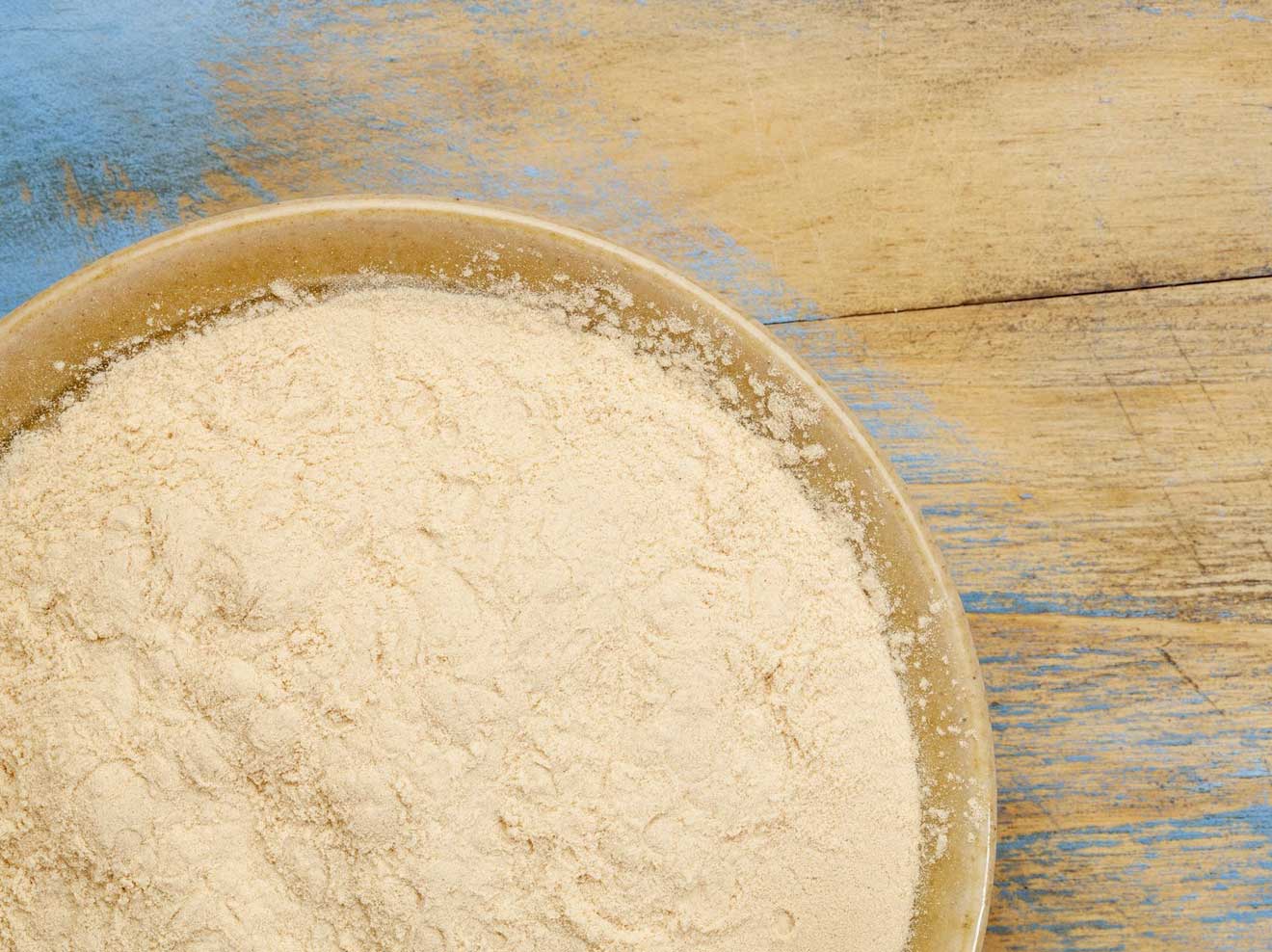
The baobab tree is a prehistoric giant with an important role in the African ecosystem. The wild Baobab tree grows without artificial fertilizers and chemical pesticides, making it easy to certify the fruits of this tree organic.
Communities of women collect the fruit, process the seeds for oil and the dried pulp for baobab powder.
The powder has a fruity sweet-sour taste and provides valuable food.
The baobab tree, Adansonia digitata, grows slowly but can live for a thousand years. Growing in a natural and clean environment, the harvest and processing of the fruits can easily be certified organic.
The ripe dry fruits of the baobab tree fall to the ground and are collected and processed by the women. The hard-skinned fruits contain the powder and seeds. The powder is tasty and packed with nutrients.
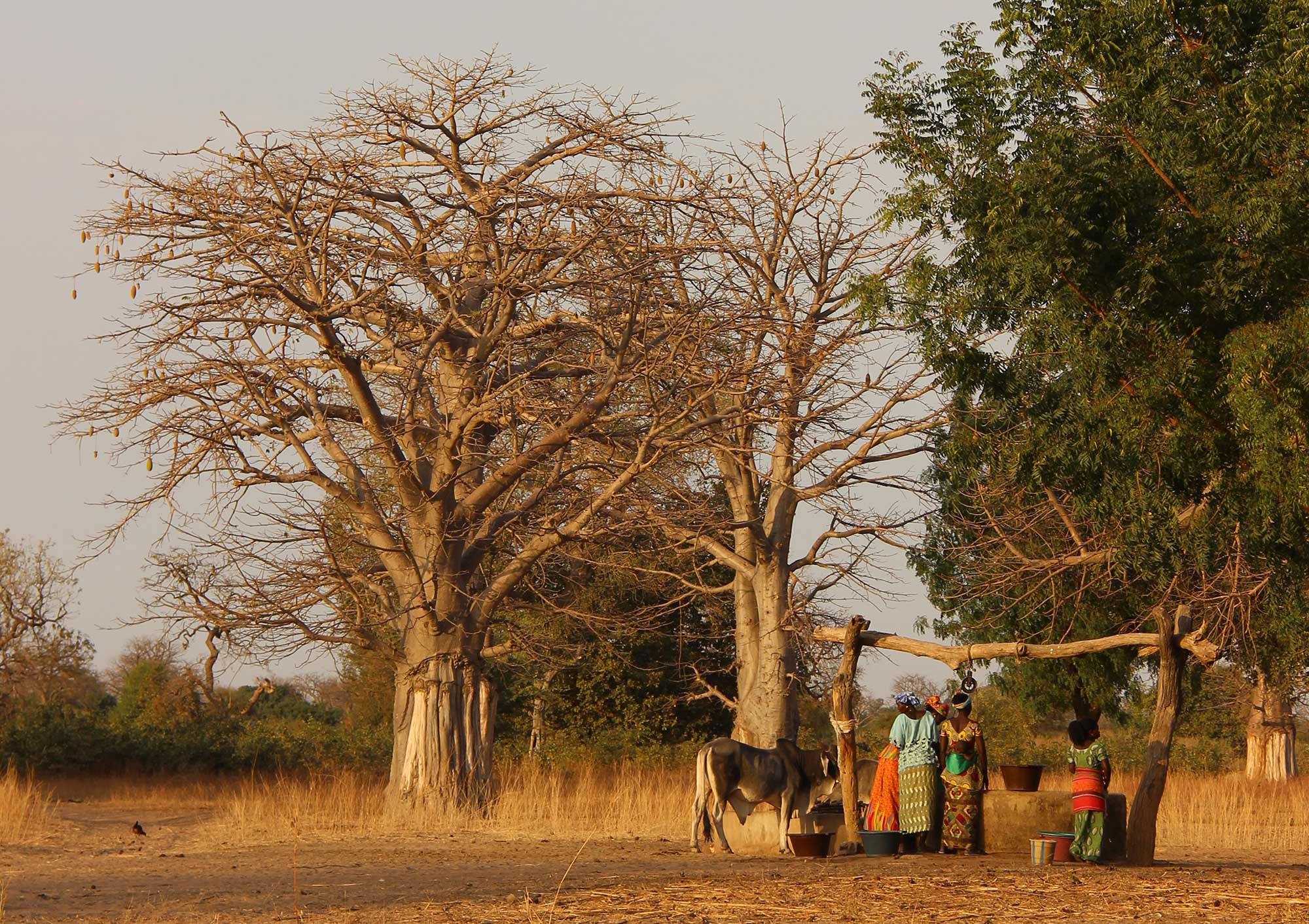
The women collect undamaged clean fruit and take care of the processing.
They determine the price according to their needs. The surplus is exported.
Investments are being made in new plantings and in support of organic production
to continue to be able to meet the growing demand without disrupting baobab as a local food source.
The imposing tree has meant a lot in terms of shelter and nutrition for the African population for thousands of years.
God would have pulled up the ugly tree and put it back into the ground.
But it is not for nothing that baobab is seen in many cultures as the tree of life. Good spirits would live in the tree. The hollow trees were used as prisons. The Baobab tree is also called monkey bread tree.
It has always been a gathering and meeting place for humans and animals.

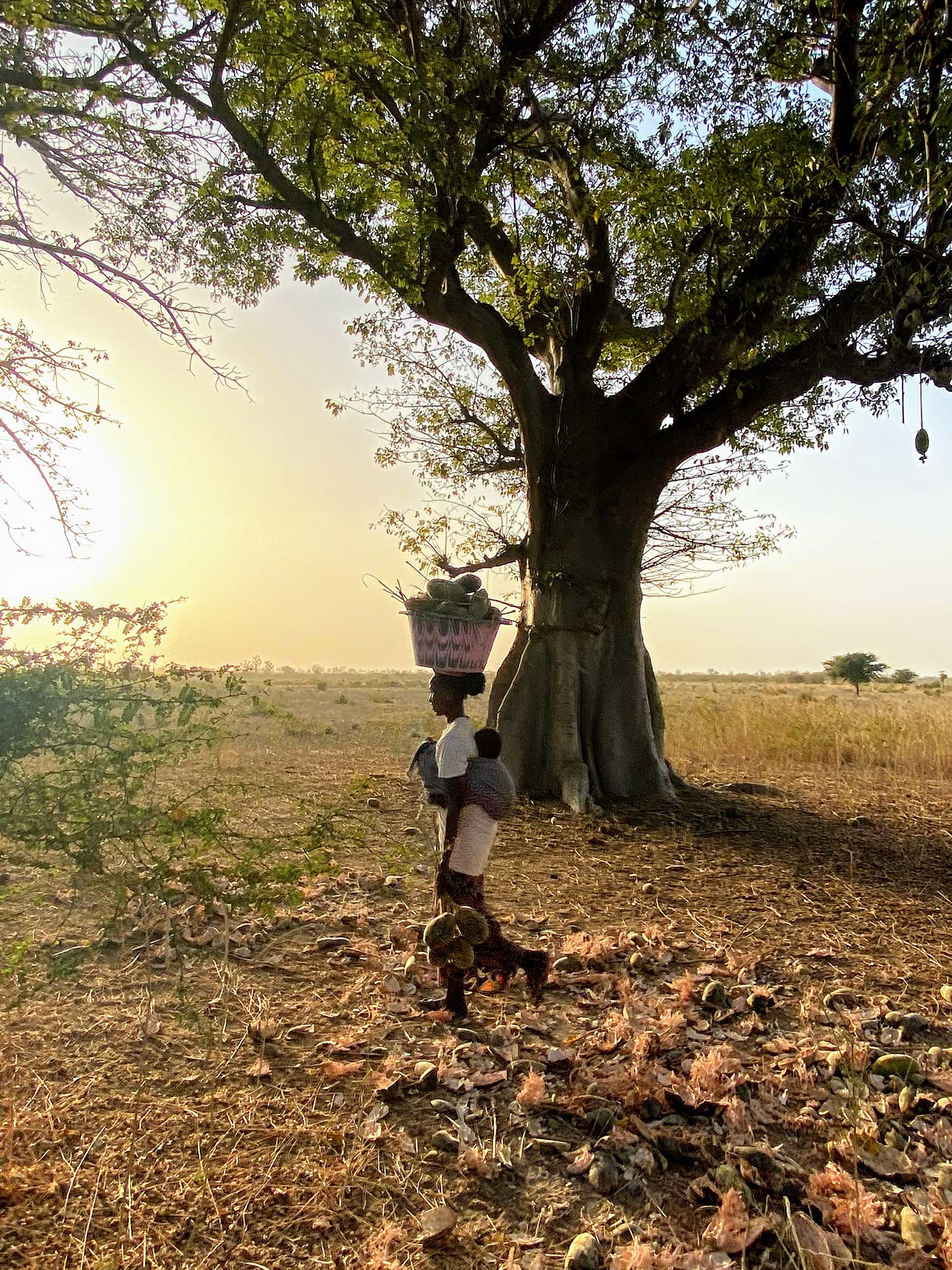
Villages have often sprung up near and under the baobab trees. By collecting and processing the fruits, the women have always provided food and, when sold, their own income.
In addition, they use the flowers and leaves as a traditional medicine, the oil from the seeds and the flower extracts as skin care.
The dry pulp is ground into a powder rich in nutrients.
A high content of vitamin C, packed with anti-oxidants, a lot of fiber, a lot of potassium, calcium and iron, as well as B vitamins and omega fatty acids.
Baobab powder is a valuable addition to breakfast, smoothies, yogurt, etc. with a delicious sweet and sour taste.
